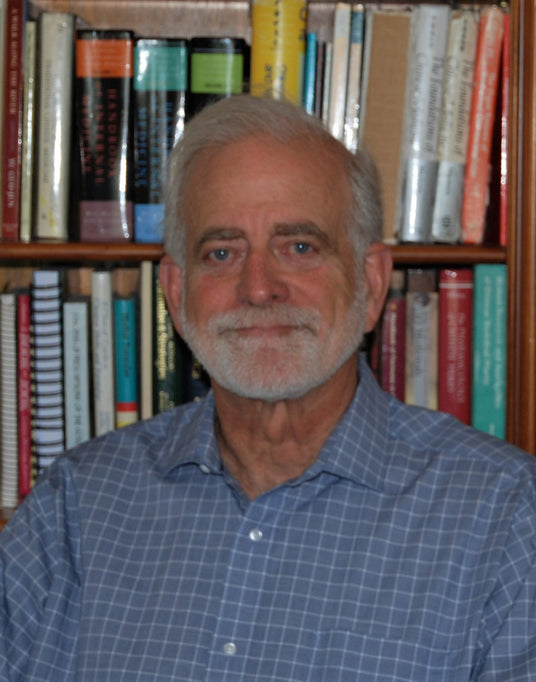
by Skye Sturgeon, DAOM
Here in the Pacific Northwest, we are days away from 16 hours of darkness each day. As the Winter Solstice approaches, we find ourselves experiencing Upmost Yin, which is represented by the hexagram Kūn 坤, which consists of 6 broken lines. This is a time of rest, introspection, and inactivity, in accord with the natural cycle.
As the Book of Changes teaches us, the situation is not static, and the darkness cannot hold. The idea of an inflection point comes from the fact that after the dark lines have pushed all the light lines upward and out of the hexagram, another light line enters the hexagram from below. The time of complete darkness is past. This is Fù 復, the Inflection Point. A time of Return and Revival. The winter solstice brings the return of light. From the solstice forward, the days gradually get longer, and the hope and promise of Spring and renewal are not far away. This hexagram is linked with the eleventh month, the month of the solstice. It is no wonder that this season is celebrated by all cultures from time immemorial.
THE JUDGMENT RETURN and revival. Prosperous and smooth. Success. Going out and coming in without error. Friends come without blame. On the seventh day comes return. It furthers one to have somewhere to go.

After a time of darkness comes the turning point. The light that has been diminished returns. There is movement and change, but it is not brought about by force, it is the natural cycle of life. For this reason, the transformation from the old is easy. Day by day, the old is discarded and at the inflection point the light begins to return, therefore no harm results. Friends and families gather to celebrate the return of light. It is not necessary to hasten anything artificially. Just as there is a point after a night’s sleep when one’s eyes open to a new day, the Winter Solstice augers a new year.
As the structure of the hexagram indicates, all changes are accomplished in six stages, and the seventh brings return. The winter solstice occurs in the seventh month after the summer solstice, just as sunrise comes in the seventh double hour after sunset. Therefore, seven is the number of the young light, and it arises when six, the number of Upmost Yin and great darkness, is increased by one. In this way the state of rest gives place to movement. This is a time of planning for the coming year rather than doing. The twinkling return of light provides the hope and promise of a fresh start. Now is the time to rest while the Yang element gathers its strength.
THE IMAGE Distant Thunder within the earth: The image of the Inflection Point. The kings of antiquity closed the passes At the time of solstice. Merchants and strangers did not go about, And the ruler did not travel through the provinces.

The winter solstice has always been celebrated in China as the resting time of the year–a custom that survives in the time of rest observed at the new year. In winter the life energy, symbolized by Thunder, the Arousing, is still underground. The Return of Light is just beginning; therefore, it must be strengthened by rest so that it will not be dissipated by being used prematurely. This principle of allowing energy that is renewing itself to be reinforced by rest, applies to all similar situations. The return of health after illness, the return of understanding after an estrangement: everything must be treated tenderly and with care at the beginning, so that the return may lead to a flowering in its due course.
Interestingly, in our society, this time of supposed rest is marked by compulsory shopping and extensive traveling. Yet, we celebrate the return of the Sun by decorating our homes with tiny lights. Have you noticed that very little can be accomplished between the Solstice and the New Year? This is because everyone is naturally living in accord with the harmony between Heaven and Earth and Yin and Yang during the nadir of the year and the revival of light.
Return means coming back. In the body of the hexagram one yang moves up from below five yin lines. This hexagram represents the return of yang. However, the Yang is restored gradually. It cannot be restored immediately, and even if one tries to restore it immediately, this cannot be stabilized. In the darkness and cold of a winter’s morning, take a few moments before jumping out of bed to pull the covers up, gather your thoughts for the coming day, and breathe in the promise and cultivate gratitude for the fresh start of another day!
References
- Blofeld, John, I Ching The Book of Change, Penguin Putnam Inc., NY, NY (1965).
- Cleary, Thomas (trans.), The Taoist I Ching, Shambala Press, Boston, MA (2012)
- Huang, Alfred (trans.), The Complete I Ching, Inner Traditions International, Rochester, VT (1998).
- Legge, James (trans.), I Ching Book of Changes, University Books, New Hyde Park, NY (1964).
- Ou-i, Chih-hsu (Thomas Cleary, trans.), The Buddhist I Ching, Shambala Press, Boston, MA (1987)
- Siu, R.G.H., The Portable Dragon, The Western Man’s Guide to the I Ching, MIT Press, Cambridge, MA (1968).
- Wilhelm, Richard (trans.), The I Ching or Book of Changes, Princeton University Press, Princeton, NJ (1950).


